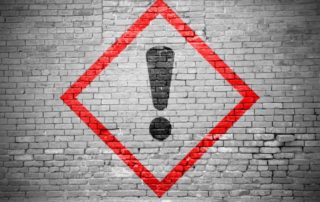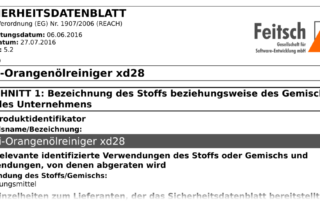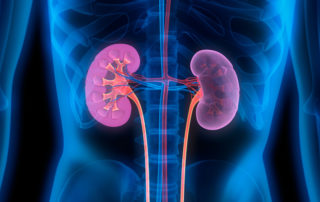What is the meaning of the exclamation mark GHS CLP?
Unlike the very specific hazard pictograms, such as for example the flame symbol, the meaning of the exclamation mark in GHS CLP is of a more general nature. In short: There are several different hazards indicated by the exclamation mark. Moreover, this pictogram can be replaced by other pictograms. What are the hazards that may






